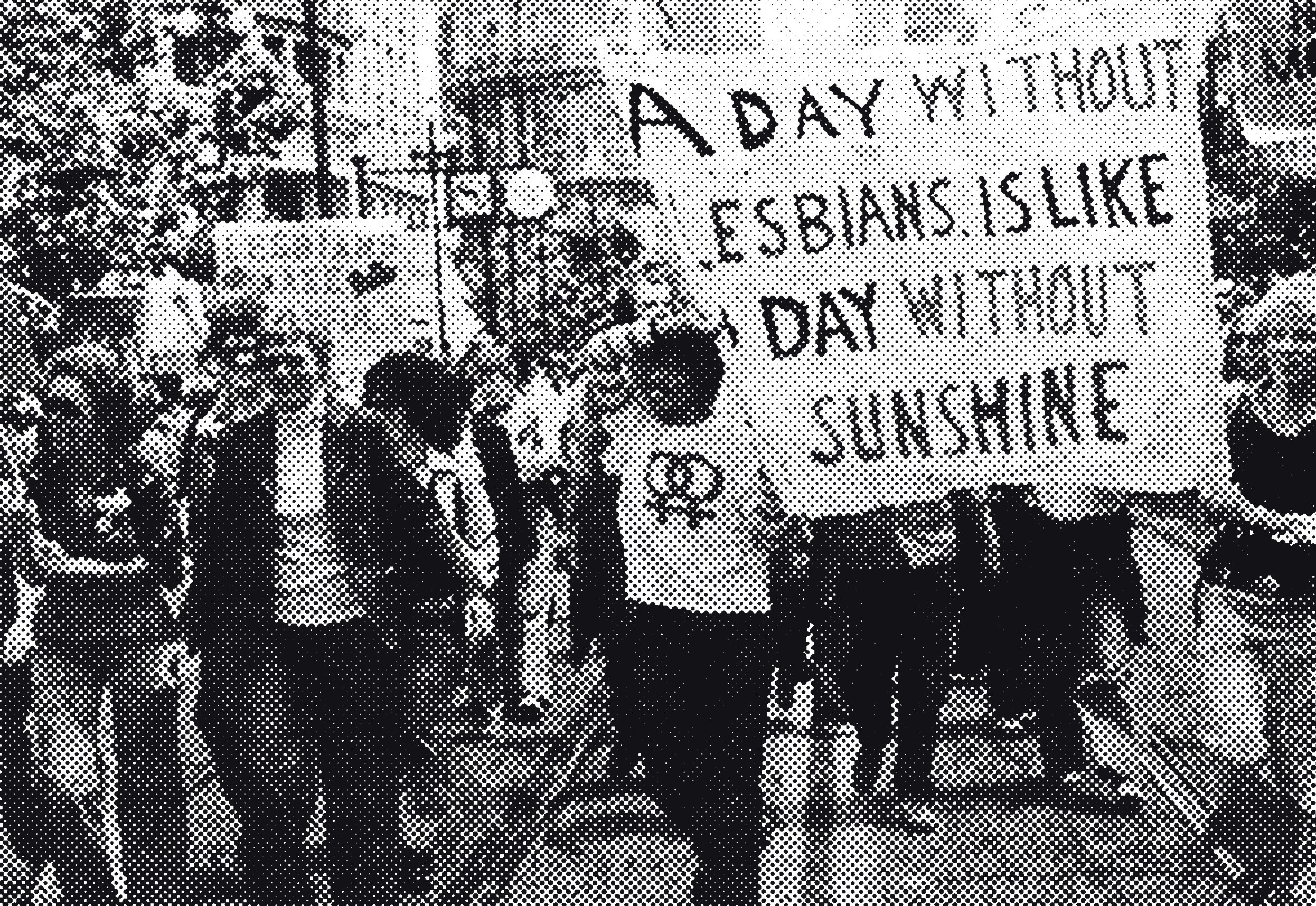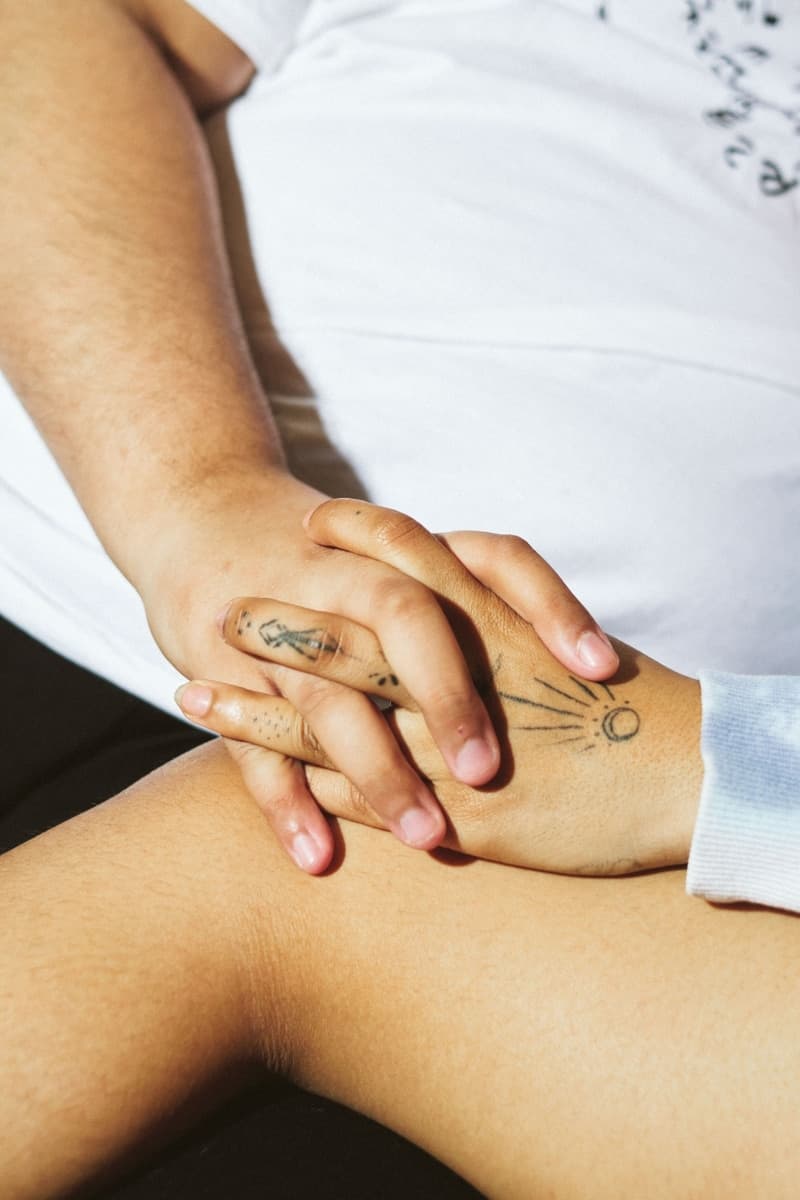PEP talk, PrEP talk: Options for HIV Prevention

When it comes to HIV prevention, queer women and gender diverse people have been left out of the conversation for way too long. But here’s the thing — HIV doesn’t discriminate, and neither should prevention. That’s where PrEP and PEP come in: two small acronyms doing some seriously big work in protecting our communities.
PRE-EXPOSURE PROPHYALXIS (PrEP)
PrEP stands for Pre-Exposure Prophylaxis. It’s a medication that stops HIV from taking hold in your body — it creates a biological barrier inside the body so that if HIV gets into the body, it cannot get into the cells. You take a pill once a day, and once it’s built up in your system (after about a week), it’s ready to protect you, even if you’re exposed to the virus. The main point is you take it before (pre) exposure and it provides you with protection.
But is PrEP right for you? PrEP is for anyone who could be exposed to HIV, including cis and trans women, and non-binary people.
You might want to think about it:
- if your partner is living with HIV but isn’t on treatment
- if your partner is living with HIV but doesn’t have an undetectable viral load,
- if you or your partners have sex with gay, bi, or queer men,
- if you’re trying to conceive using sperm from someone who has HIV,
- if you are having condomless sex with guys whose HIV status you don’t know
- if you share injecting equipment.
Those are just examples — ultimately, PrEP is for anyone who wants that extra layer of protection and peace of mind.
If you’re curious, any GP in Australia can prescribe PrEP – but that doesn’t mean that each one knows about it. There is a list of PrEP prescribers on the Drama Downunder website. You’ll see a doctor and chat about how PrEP works for you and once you get a script, it’s just a quick trip to your local pharmacy.
When taking PrEP, you’ll need to get regular checks for HIV and STIs – basically every 3 months – think of it as your routine tune-up. If you ever want to stop taking PrEP, you’ll have to take it for 28 days after your last possible exposure.
For more information about how to access PrEP and info for people without Medicare, head to PrEP Access Now and PrEP’d for Change.
POST EXPOSURE PROPHYALXIS (PEP)
Now, let’s talk about PEP — short for Post-Exposure Prophylaxis. If PrEP is your Plan A, PEP is your Plan B. It’s kind of similar to the pill. But, it’s a 28-day long treatment you start after (post) you might have been exposed to HIV — for example, if a condom breaks, you have condomless sex, or share injecting equipment.
PEP works similarly to PrEP by getting into the body and creating a biological barrier inside the body, but there’s one main difference – timing! Timing is everything: PEP must be started within 72 hours, and the sooner, the better. PEP tries to get into the body and protect the cells before HIV can get into the cells.
You can get it from hospital emergency departments, sexual-health clinics, or some GP clinics that specialise in HIV care. To find somewhere close to you, head to Get PEP.
ANYTHING ELSE?
PrEP and PEP are both game changers, but they’re just part of a bigger picture. Other ways to prevent HIV include having a partner with an undetectable viral load (U=U), which means that they cannot transmit HIV – it’s the most effective HIV prevention strategy!! Don’t forget that condoms, the cornerstone of HIV prevention remain in the mix too – and they work in the prevention of STIs.
Together, these tools give us options, freedom, and control over our sexual health in ways previous generations could only dream of.
If you want to know more, you can also listen to the Well Well Well podcast episode “Women and PrEP Usage – Striving for HIV Elimination for All” for more real talk about women’s experiences with PrEP and PEP.
Because our bodies, our choices, and our pleasure all deserve protection — and that’s something worth talking about.
Where to
find support
Looking for someone to talk to?
Access safe (and pre-screened) health from our resource list.




